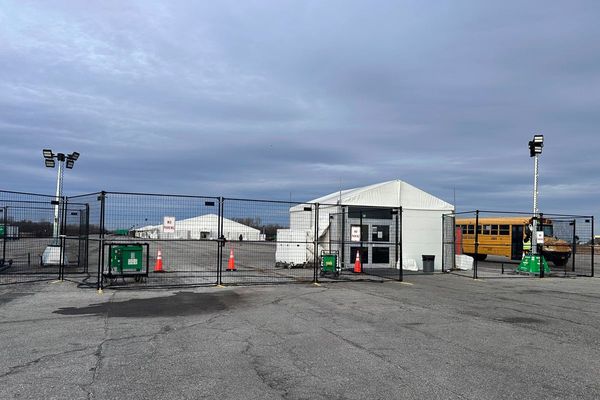
Good thing we had the November US consumer inflation data and the last US Federal Reserve meeting of 2023 this week, with its strong hint that there could very well be rate cuts next year — otherwise yesterday’s November labour force data here might have seen a surge of “rate rise looms” chatter from the usual collection of local galahs.
Unemployment did rise to an 18-month high of 3.9%, but the Australian Bureau of Statistics data showed that the size of the Australian workforce surged to a record of 14.257 million (seasonally adjusted) last month, while the participation rate hit a new all-time high of 67.2%, and an extra 61,500 jobs were added. Some forecasters had pencilled in a fall of 7,000, others a rise of around 5,000 to 11,000. The November surge was on top of the 55,000 or more in October, although that was put down to temporary part-time workers being employed for the Voice referendum by the electoral office.
With revisions, around 140,000 to 150,000 new jobs have been added since September, when there was a sign of a slowing when only 7,000 new jobs were created and the jobless rate was at 3.6%
The broader story is that the jobs market is keeping pace with the high level of migration — our high employment-to-population ratio has been maintained for most of 2023. The inevitable decline in participation supposedly because of an ageing workforce just keeps getting postponed — indeed, the reverse keeps happening, which is why unemployment went up in November despite the strong jobs creation.
High participation is normally a good sign for the economy and the workforce, but at the moment it’s hard to avoid the conclusion that it’s being driven by families desperately needing a second income to afford mortgage repayments.
The ABS also thinks the labour market is slowly loosening. Hours worked slowed — down 0.1% or 2 million hours, which does suggest that employers are adding staff while cutting hours.
“The recent slowdown in hours worked over the past six months continued into November, with the total number of hours worked now around where it had been back in May. However, this follows very strong growth during late 2022 and early 2023,” the ABS said in its commentary on the figures.
“The slowing in hours means that overall growth rates in employment and hours worked are now similar over the past 18 months. The narrowing gap between these two growth rates suggests that the labour market is now less tight than it has been.”
That’s explained by the surge in immigration and the Australian population. Separate ABS data on Thursday showed the Australian population topped 26.6 million people in the year to June, a rise of 614,000 with net immigration accounting for 518,100 of that figure. That in turn helps explain the 441,000 rise in the size of the workforce in the year to November.
The surge in migration has kept feeding employers’ appetite for workers, even with pay rises at 4% a year or better. That in turn has helped improve the federal budget and the budget deficit. That might change with the expected slowdown in migration in coming quarters. But at the moment, the employment market is still performing very strongly, regardless of the headline figures.







